A Tour of Historic Sites in a “Land of Legends” That Uncovers The Area’s Diverse History Town of Umi
The town of Umi is home to many historical sites, including a shrine said to be the birthplace of Empress Jingu, as well as a burial mound thought to be the tomb of King Fumi. Shioji Citizens Forest, where the nationally-designated special historic site Ono-jo Fortress Ruins are located, is the perfect place for a stroll that lets you experience history and the four seasons.
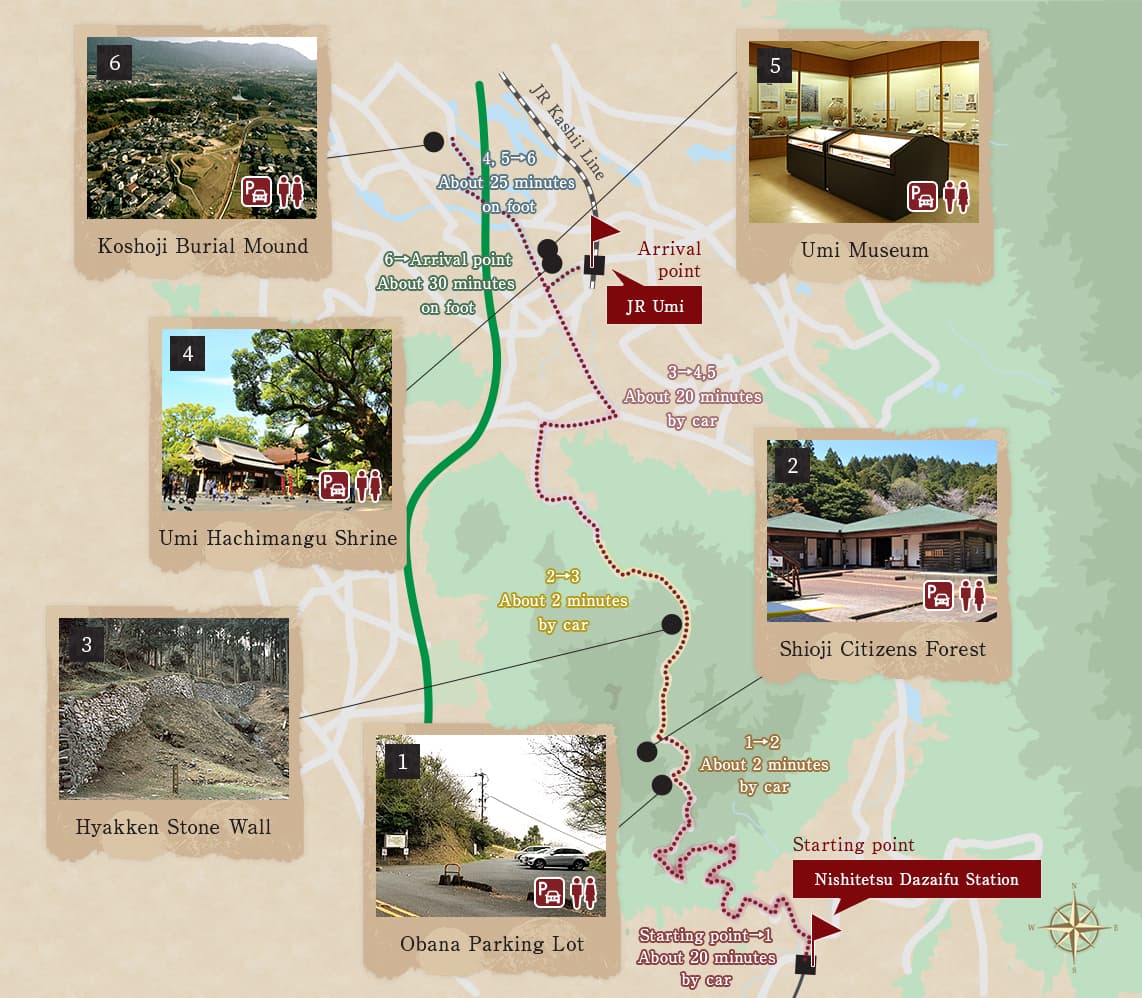
 Parking
Parking
 Restrooms
Restrooms
Nishitetsu Dazaifu Station
About 20 minutes by car
A Lookout Point for Ono-jo Fortress Ruins Obana Parking Lot
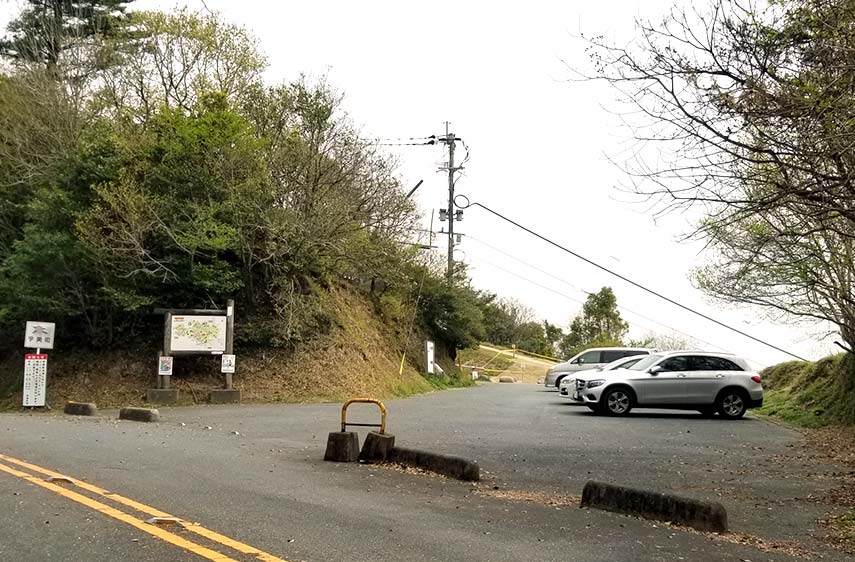
This parking lot, located on the south side of Ono-jo Fortress Ruins is nearby Dazaifuguchi Fortress Gate, said to be the entrance to the site of Ono-jo Fortress, as well as the Obana Foundation Stones, also called Yakigomegahara, where carbonized rice has been excavated, and the Zochoten Foundation Stones along with a pond, and more, serving as a hub for touring the south side of the fortress. The earthworks near the parking lot overlook Chikushi Plains to the south, offering views of Kii-jo Fortress and Ashikisan-jo Fortress Ruins.



About 2 minutes by car
A Hub for Strolls Around Ono-jo Fortress Shioji Citizens Forest
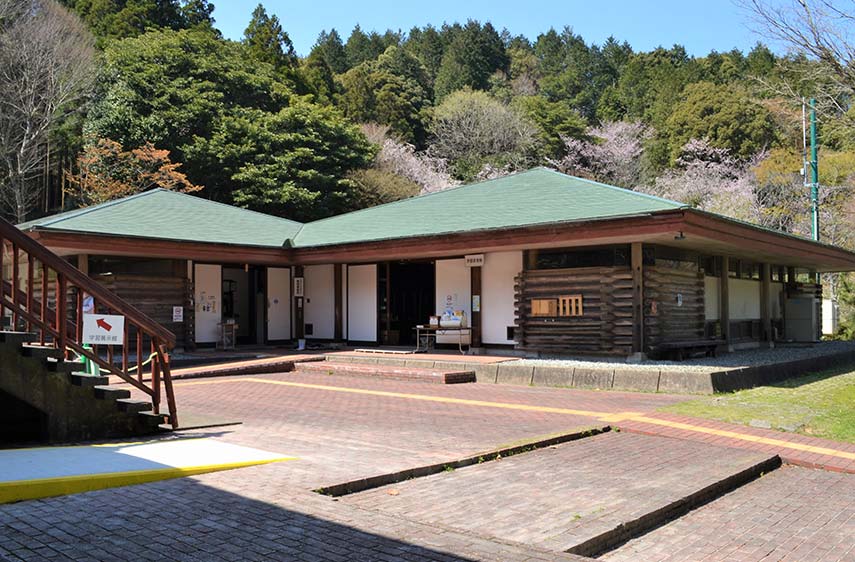
Opened in 1976, this nature park built by Fukuoka Prefecture lets you can enjoy nature throughout the four seasons. In front of the park office is a large illustration explaining the Ono-jo Fortress ruins that get a bigger picture of these magnificent fortress ruins.



About 2 minutes by car
an Overwhelming Sight Hyakken Stone Wall

This stone wall stood alongside the river flowing through Ono-jo Fortress and was called “Hyakken Stone Wall” because it was 180 meters long (hyakken means 100 ken, and 1 ken is roughly 1.8 meters). Believed to be a fortress gate because cornerstones used for gates were found at the bottom of the river, this place was named Umiguchi Fortress Gate.

About 20 minutes by car
Tied to the Legend of Empress Jingu Umi Hachimangu Shrine
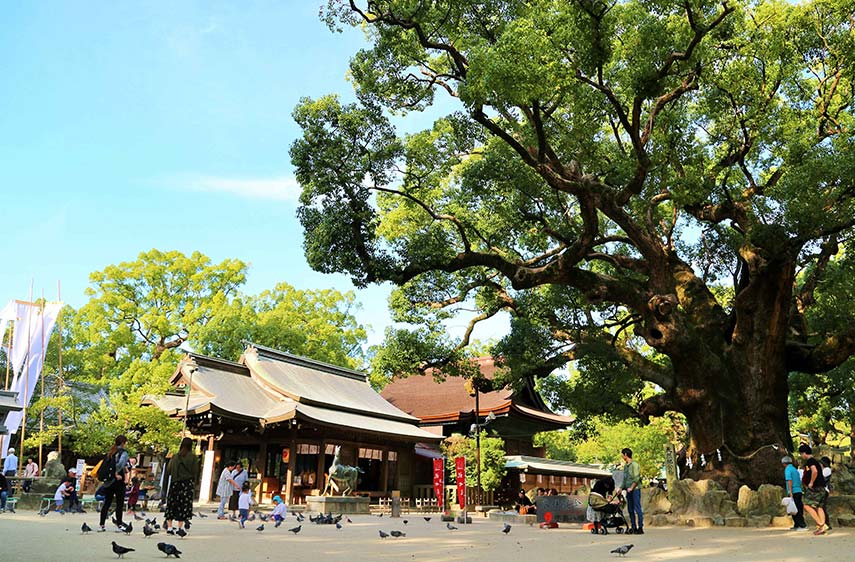
The Nihon Shoki writes that the place where Empress Jingu gave birth to Emperor Ojin was named Umi after the word for “Umi” Umi Hachimangu Shrine has been designated by the prefecture as a tangible folk cultural asset for its status as a legendary place for praying for safe childbirth, with visitors flocking here every year to pray.



(A distance of about 1 minute on foot)
Home to Historical Documents Covering a Wide Time Span Umi Museum
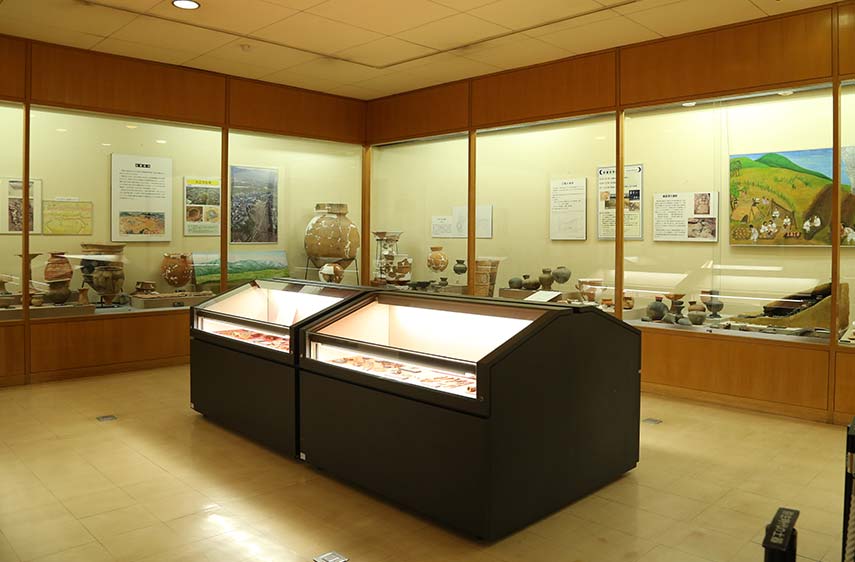
The town of Umi is dotted with historical sites, and items excavated from these show trade with foreign nations since antiquity. At the Umi Museum, valuable cultural assets are collected and displayed, from prehistoric stoneware, relics from the Jomon, Yayoi, and Kofun Periods, and items excavated from Ono-jo Fortress Ruins to materials that tell of life in the Middle Ages and Early Modern era.



About 25 minutes on foot
Thought to be the Tomb of King Fumi Koshoji Burial Mound
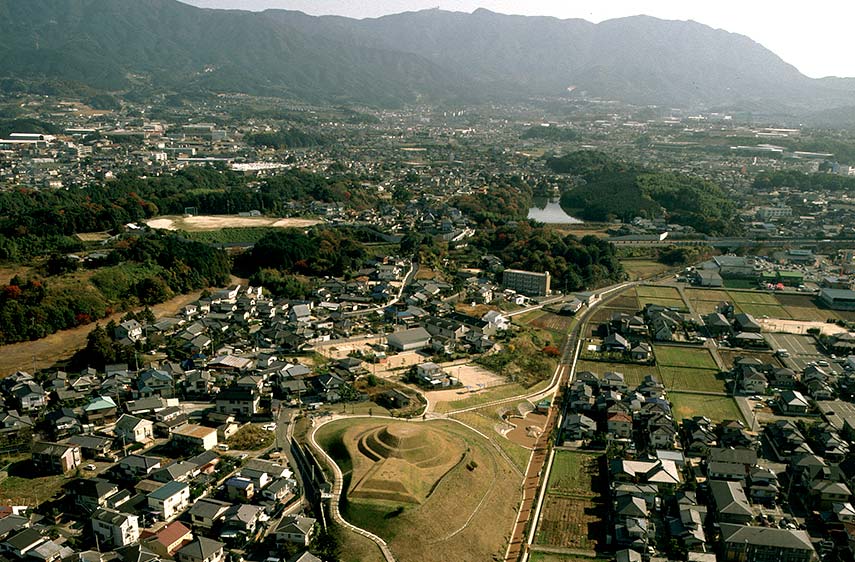
Koshoji Burial Mound is a keyhole-shaped mound located on a hill stretching east-west at an altitude of 40 to 50 meters, and was built in the latter half of the 3rd century From the structure and the items excavated, it is believed that the ruler of the then-Kasuya region was buried here, and is thought to be the resting place of King Fumi, mentioned in Gishi Wajinden (“Records of Wei: An Account of the Wa”).



About 30 minutes on foot
JR Umi Station

